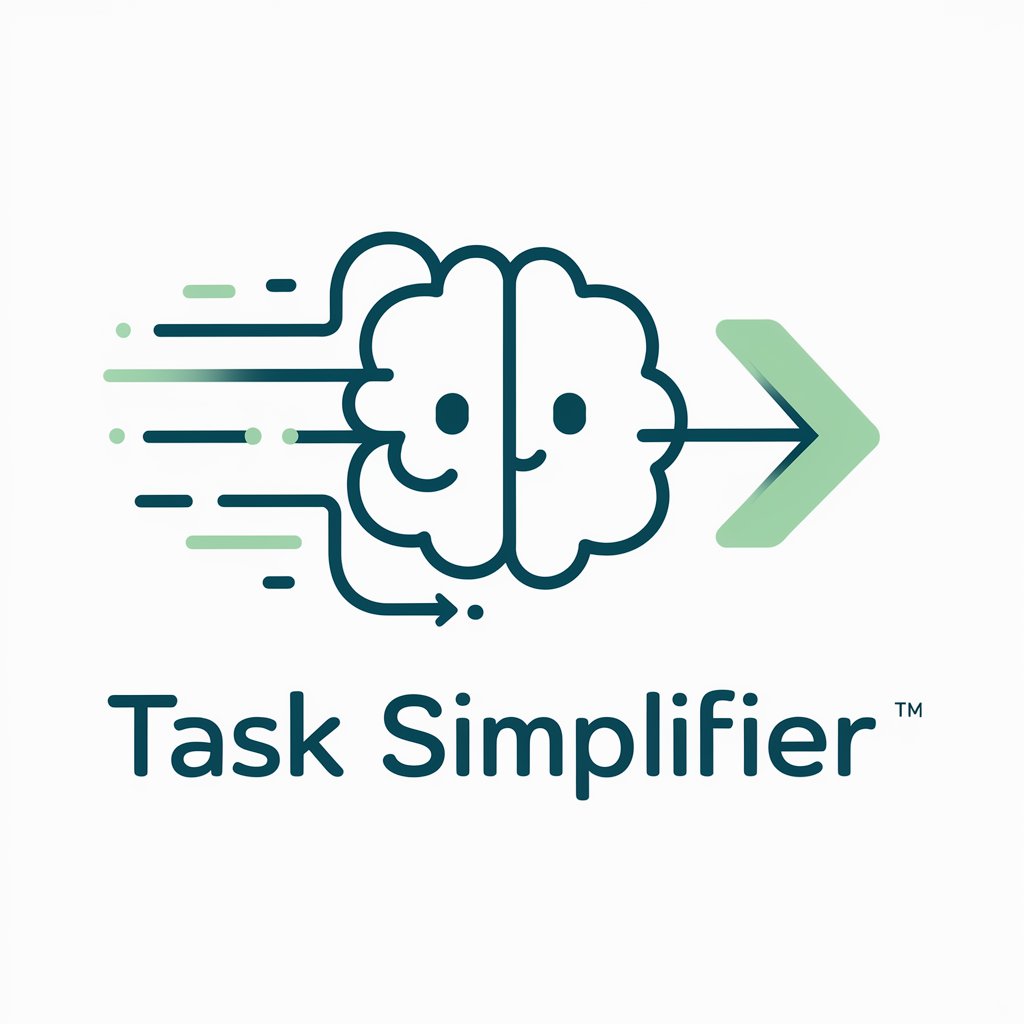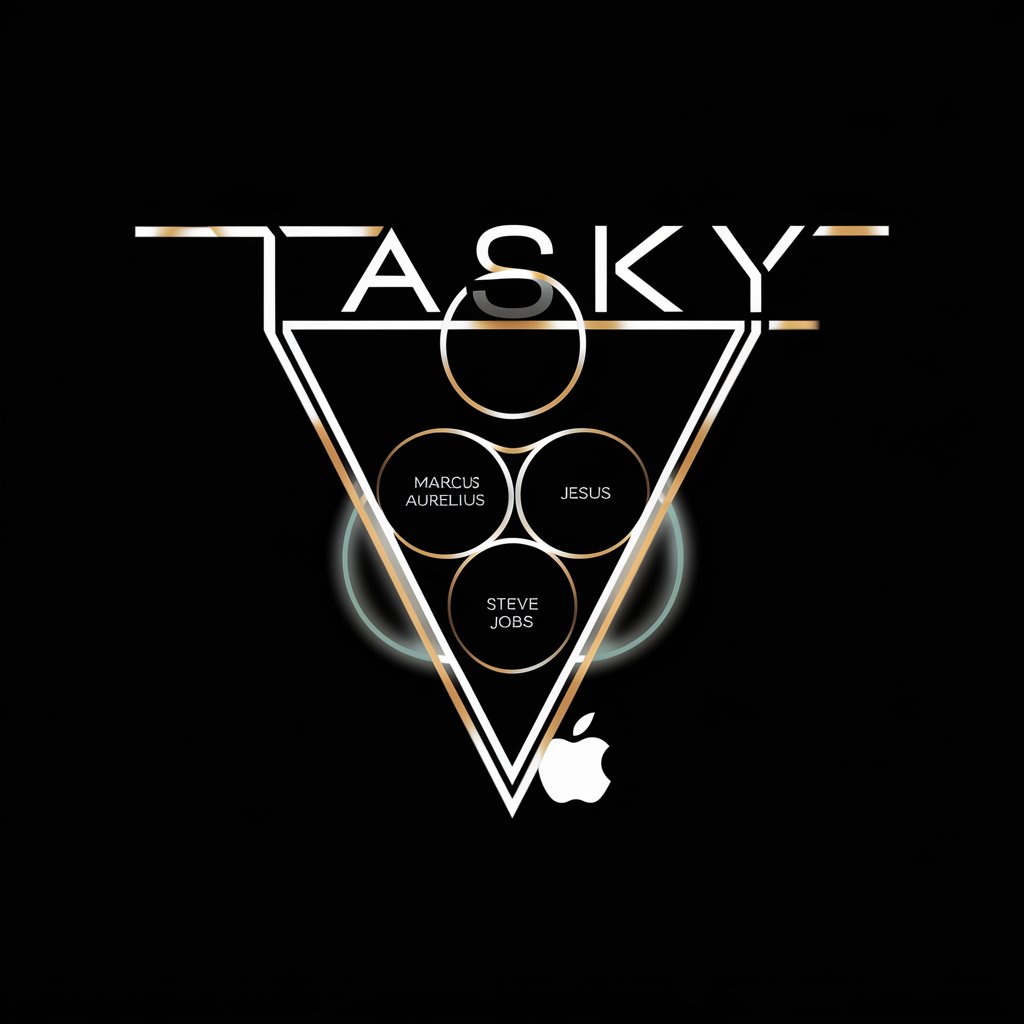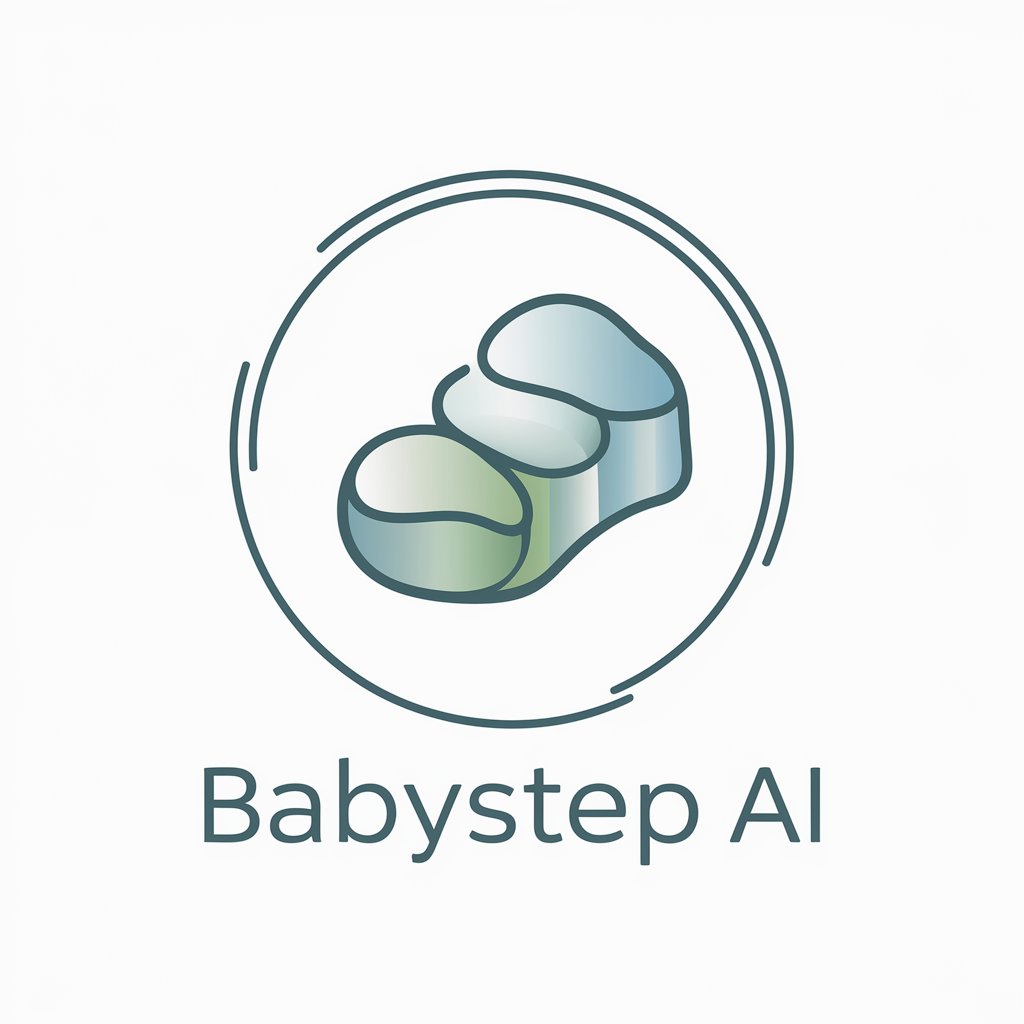
STICC: Effectively Define Complicated Tasks - AI-powered Task Definition
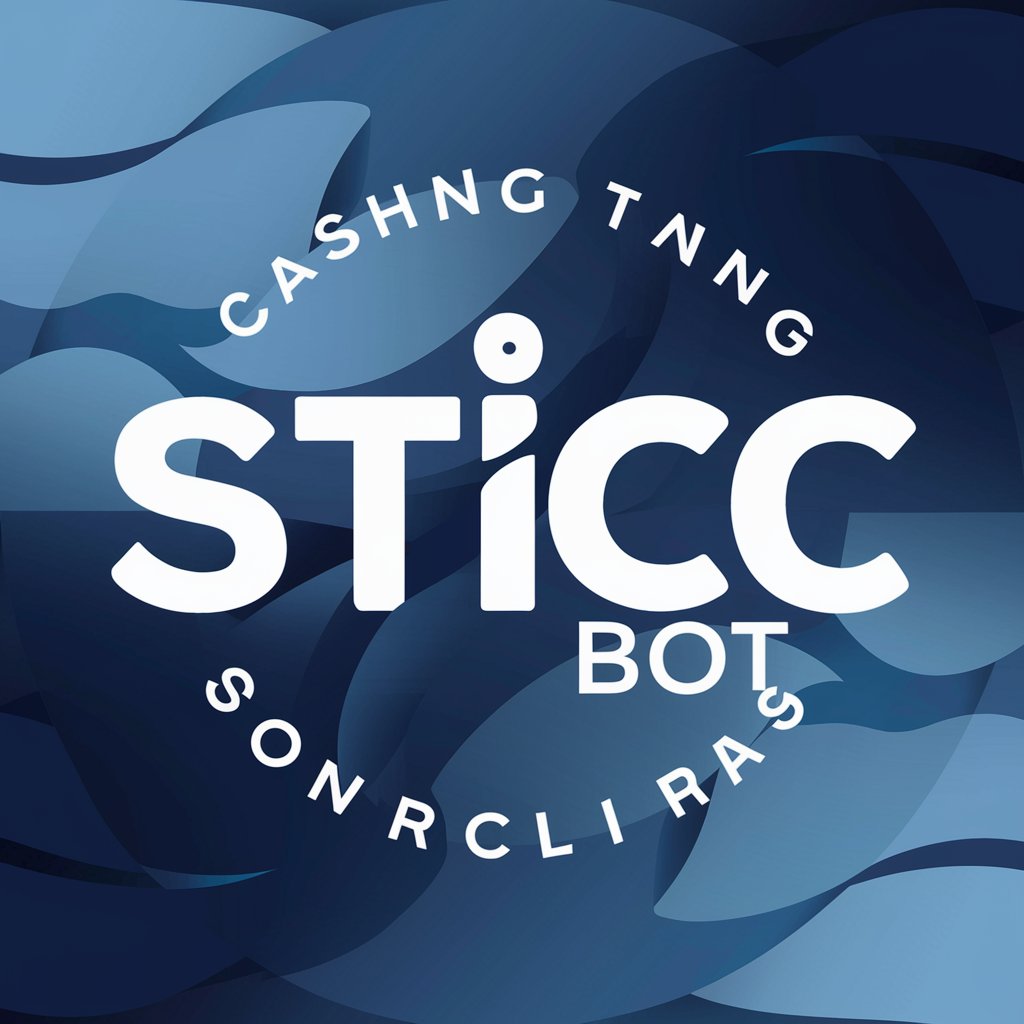
Hello! Let's clarify and conquer your tasks together.
Clarify and Conquer Complex Tasks with AI
Describe the task you need help with.
What problem are you facing right now?
Can you outline the situation that needs addressing?
What is the main goal you want to achieve?
Get Embed Code
Introduction to STICC: Effectively Define Complicated Tasks
STICC is a structured framework designed to clarify and tackle complex tasks or problems by breaking them down into more manageable components. The acronym STICC stands for Situation, Task, Intent, Concerns, and Calibration. This method aims to provide a comprehensive understanding of a problem, articulate a clear objective, establish the reasoning behind the chosen approach, identify potential challenges, and facilitate open communication for adjustments. For example, in a project management scenario, the team leader uses STICC to outline the project's current status (Situation), define the project goals (Task), explain the project's importance and desired outcomes (Intent), discuss potential risks (Concerns), and encourage team feedback (Calibration). This approach ensures that every team member is on the same page and is actively engaged in achieving the project's objectives. Powered by ChatGPT-4o。

Main Functions of STICC: Effectively Define Complicated Tasks
Clarifying Complex Problems
Example
A team is facing delays in product development due to unclear project objectives and miscommunication. By applying the STICC framework, the team leader can clearly outline the project's current challenges (Situation), redefine the project's goals (Task), explain why these goals are essential (Intent), highlight areas of concern such as resource allocation (Concerns), and encourage the team to provide feedback or ask questions (Calibration).
Scenario
This function is particularly useful in project management settings where clear communication and understanding are crucial for success.
Facilitating Effective Communication
Example
In a scenario where a new policy is being implemented within a company, the management uses STICC to communicate the change. They describe the reasons for the policy change (Situation), outline the policy's objectives (Task), discuss the expected benefits of the policy (Intent), identify potential resistance or challenges (Concerns), and open the floor for employee feedback (Calibration).
Scenario
This function aids in organizational change management by ensuring all employees understand the purpose of the change and their role in it.
Improving Decision Making
Example
A business is considering expanding into a new market. By using STICC, the decision-makers outline the market analysis findings (Situation), propose the expansion plan (Task), explain the strategic importance of the expansion (Intent), discuss risks like competition and market entry barriers (Concerns), and solicit input from various departments (Calibration).
Scenario
This is crucial for strategic planning and decision-making processes, where understanding the full scope of a decision and its implications is vital.
Ideal Users of STICC: Effectively Define Complicated Tasks Services
Project Managers and Team Leaders
These professionals often deal with complex tasks that require clear definition, planning, and communication. STICC helps them articulate project goals, identify potential issues, and ensure team alignment, enhancing project execution and success.
Business Executives and Decision Makers
Executives benefit from STICC by obtaining a structured method to evaluate business challenges, make strategic decisions, and communicate effectively with stakeholders. This framework aids in aligning organizational efforts towards common objectives.
Change Managers and HR Professionals
Individuals responsible for managing organizational change or implementing new policies can use STICC to clearly communicate the reasons for change, anticipate concerns, and engage employees in the process, facilitating smoother transitions.

How to Utilize STICC for Complex Task Definition
1
Start your journey at yeschat.ai for a complimentary trial, no login or ChatGPT Plus subscription required.
2
Identify the challenge or task at hand. Use the STICC framework to articulate the Situation, Task, Intent, Concerns, and Calibration required.
3
Gather all necessary information and context related to your task. This could involve research, team discussions, or reviewing existing documentation.
4
Apply the STICC framework to define your task effectively. Break down the task into manageable parts, clarify the purpose, identify potential obstacles, and discuss the approach with stakeholders.
5
Use feedback loops for Calibration. After implementing your plan, collect feedback to refine your approach and adjust as necessary. This is crucial for continuous improvement and success.
Try other advanced and practical GPTs
EasyRead Chatbot
Simplifying knowledge with AI power
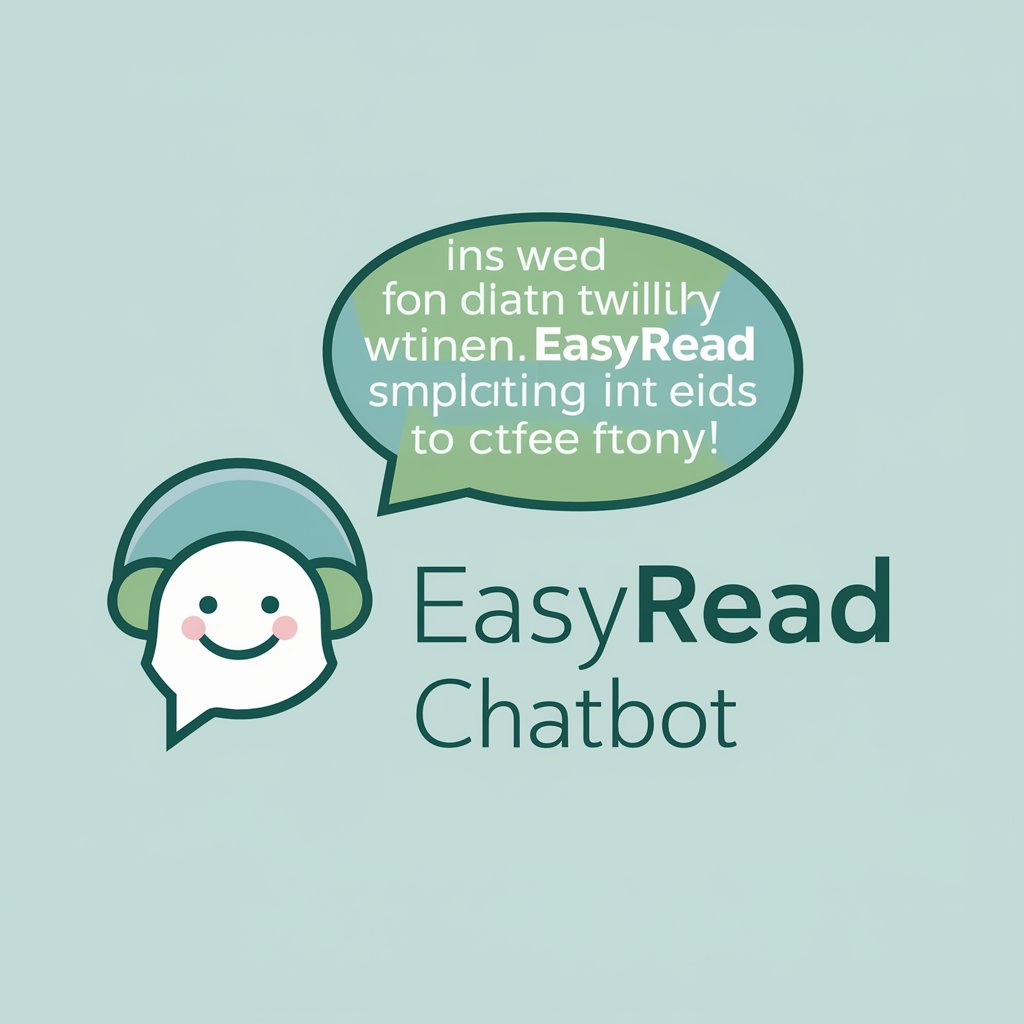
PaperCompass
Unlocking Complex Papers with AI
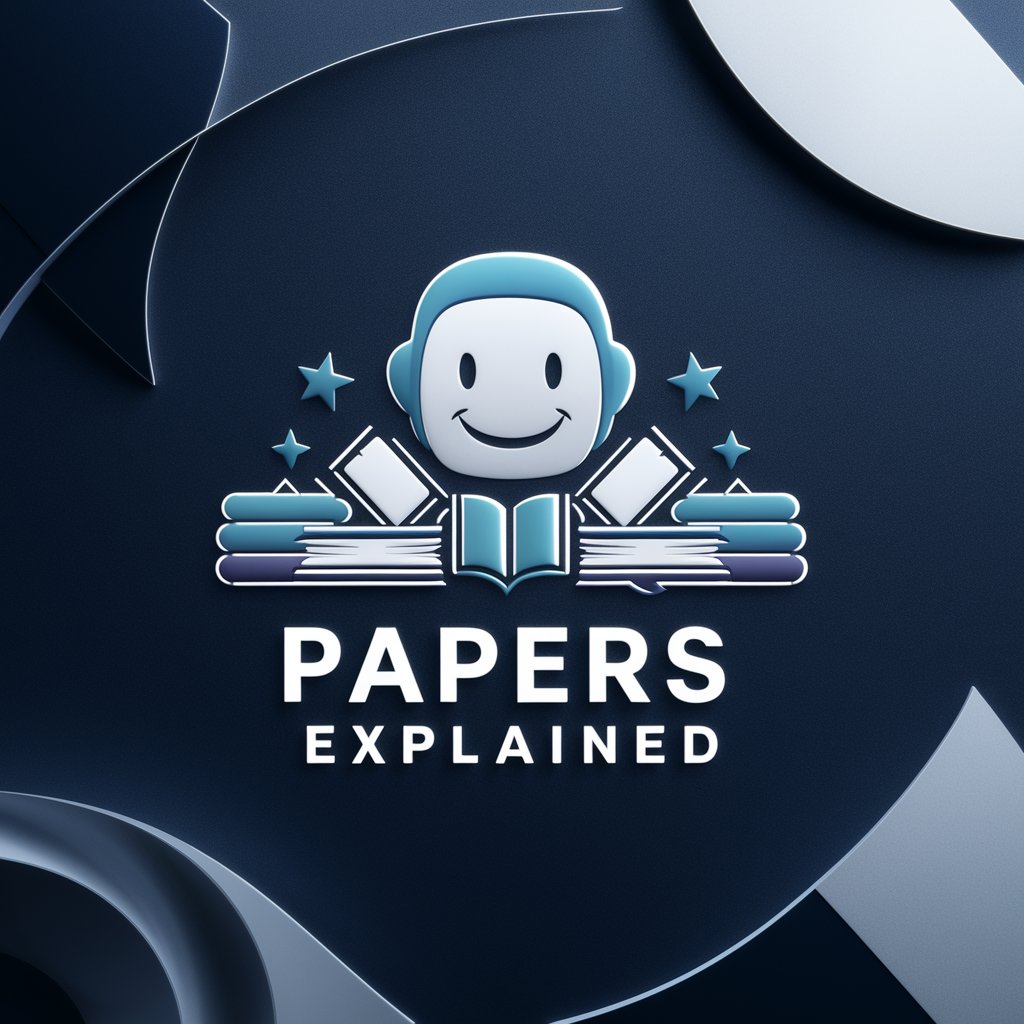
Code complicated
Crafting Complex Code Instantly

Complex-Vocabulary-Inator
Elevate Language with AI-Powered Vocabulary Enhancement

Salomon Financial Group
Empower Your Finances with AI

Math Solver
Unleash Math Mastery with AI
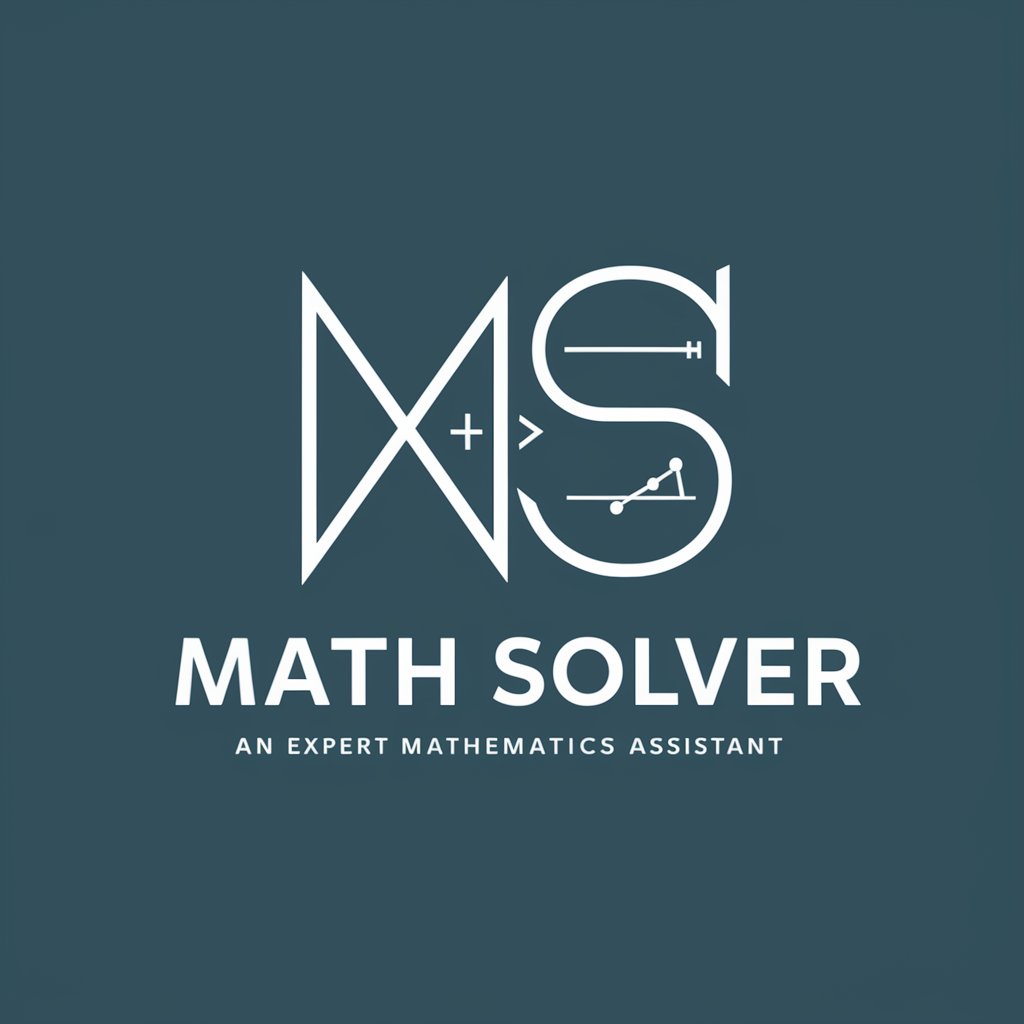
Cross-Border Regulatory Compliance
Automate Compliance, Simplify Regulation

Loving Mom
Empowering Parents with AI Wisdom

The Witch Queens: Choose-Your-Own-Adventure
Craft Your Fantasy, Choose Your Fate

GrowThrust.io - Startup Coach
Tailored Startup Guidance, Any Stage

Learn Arabic language
Empowering Arabic learning with AI

Artistic Mask Designer
Design masks effortlessly with AI

Detailed Q&A on STICC: Effectively Define Complicated Tasks
What is the STICC framework?
STICC stands for Situation, Task, Intent, Concerns, and Calibration. It's a structured approach designed to help individuals and teams define and tackle complex tasks effectively by providing a clear, comprehensive understanding of the situation at hand.
How can STICC help in project management?
In project management, STICC can clarify project objectives, outline tasks, communicate intent to stakeholders, identify potential issues, and establish feedback mechanisms. This ensures all team members are aligned and can adapt to challenges efficiently.
Can STICC be applied to personal goals?
Absolutely. While STICC is valuable for teams, it's equally effective for individual endeavors. By breaking down personal goals into structured components, you can create a clear plan of action, anticipate potential hurdles, and set a course for achieving your objectives.
What are some common pitfalls in using STICC?
Common pitfalls include insufficient detail in the situation analysis, vague task definition, unclear intent, failing to identify key concerns, and neglecting the calibration phase. Avoid these by being thorough and seeking feedback.
How do I know if I'm using STICC correctly?
You're using STICC correctly if you can articulate a clear understanding of the current situation, define specific tasks, explain the purpose behind actions, identify potential challenges, and adjust your approach based on feedback and outcomes.

